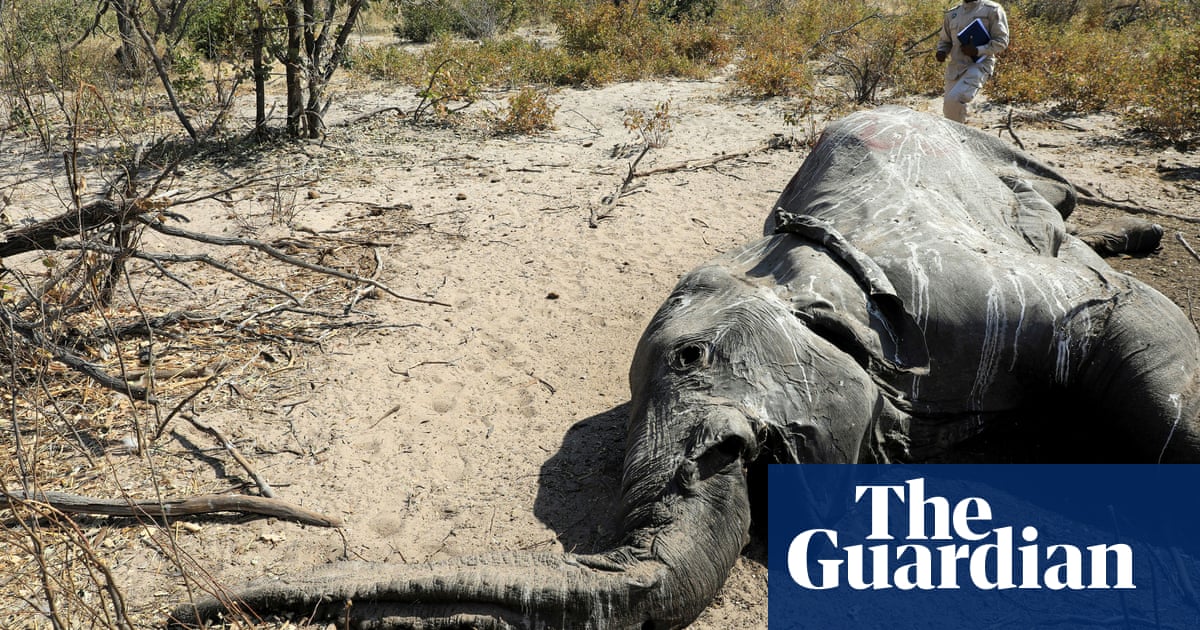In short: a local bacteria caused blood poisoning.
A large herd of antelope died of a similar cause shortly before this group of elephants succumbed to the sickness as well.
Only tangentially related to the story, but people should learn what sepsis looks like because it’s quite a common killer of humans.
Relatively benign bacteria can become deadly killers through a mud puddle or a bad cut in your mouth.
it caused the death of my favorite singer-songwriter
r.i.p. Ritsuko Okazaki
This is the best summary I could come up with:
But tests on the elephants that died in Zimbabwe have finally come back and shown the cause was a little-known bacterium called Pasteurella Bisgaard taxon 45, which resulted in septicaemia, or blood poisoning.
“This represents an important conservation concern for elephants in the largest remaining meta-population of this endangered species,” researchers wrote in the paper.
It was written by an international team of researchers from the Victoria Falls Wildlife Trust, the University of Surrey, laboratories in South Africa and the UK government’s Animal and Plant Health Agency (APHA).
Dr Arnoud van Vliet from the University of Surrey said the infection “adds to the growing list of disease-related threats to elephant conservation”.
Pasteurella bacteria has previously been linked to the sudden death of about 200,000 saiga antelopes in Kazakhstan – an incident that researchers believe could shed light on what happened to the elephant herds.
The paper says the findings of blood poisoning “may represent an ongoing phenomenon in this region”, with previous cases missed due to lack of testing.
The original article contains 603 words, the summary contains 169 words. Saved 72%. I’m a bot and I’m open source!




